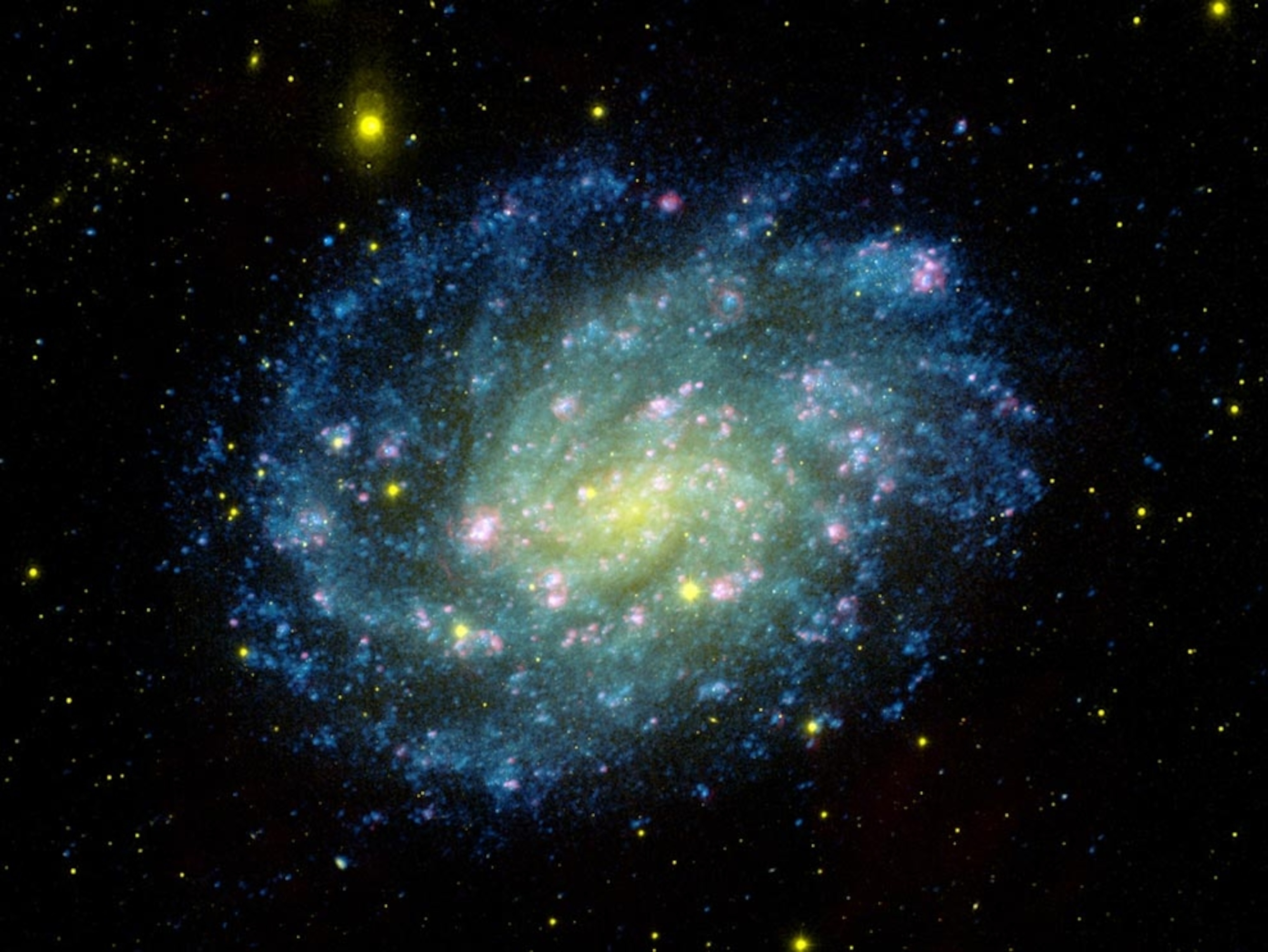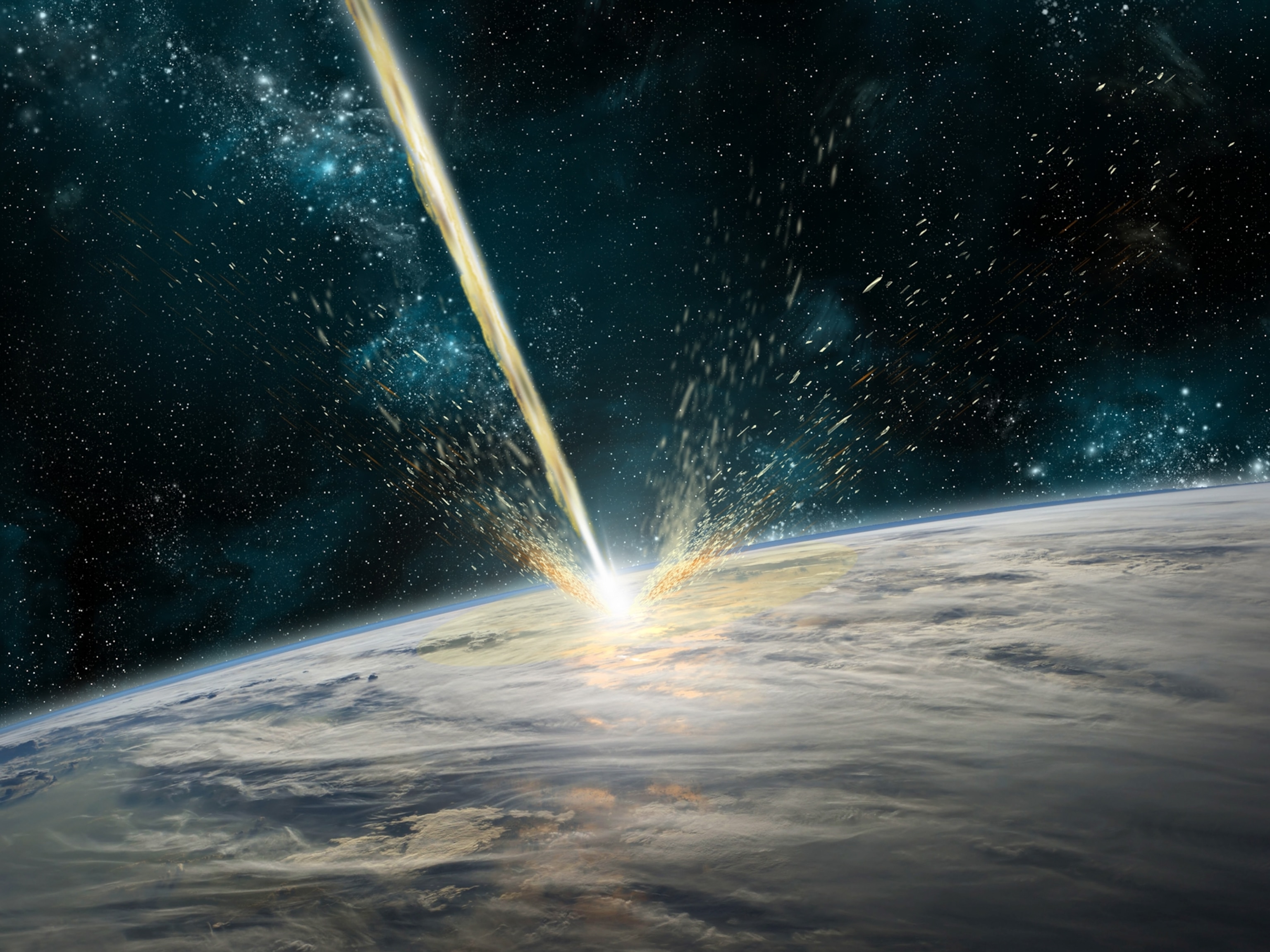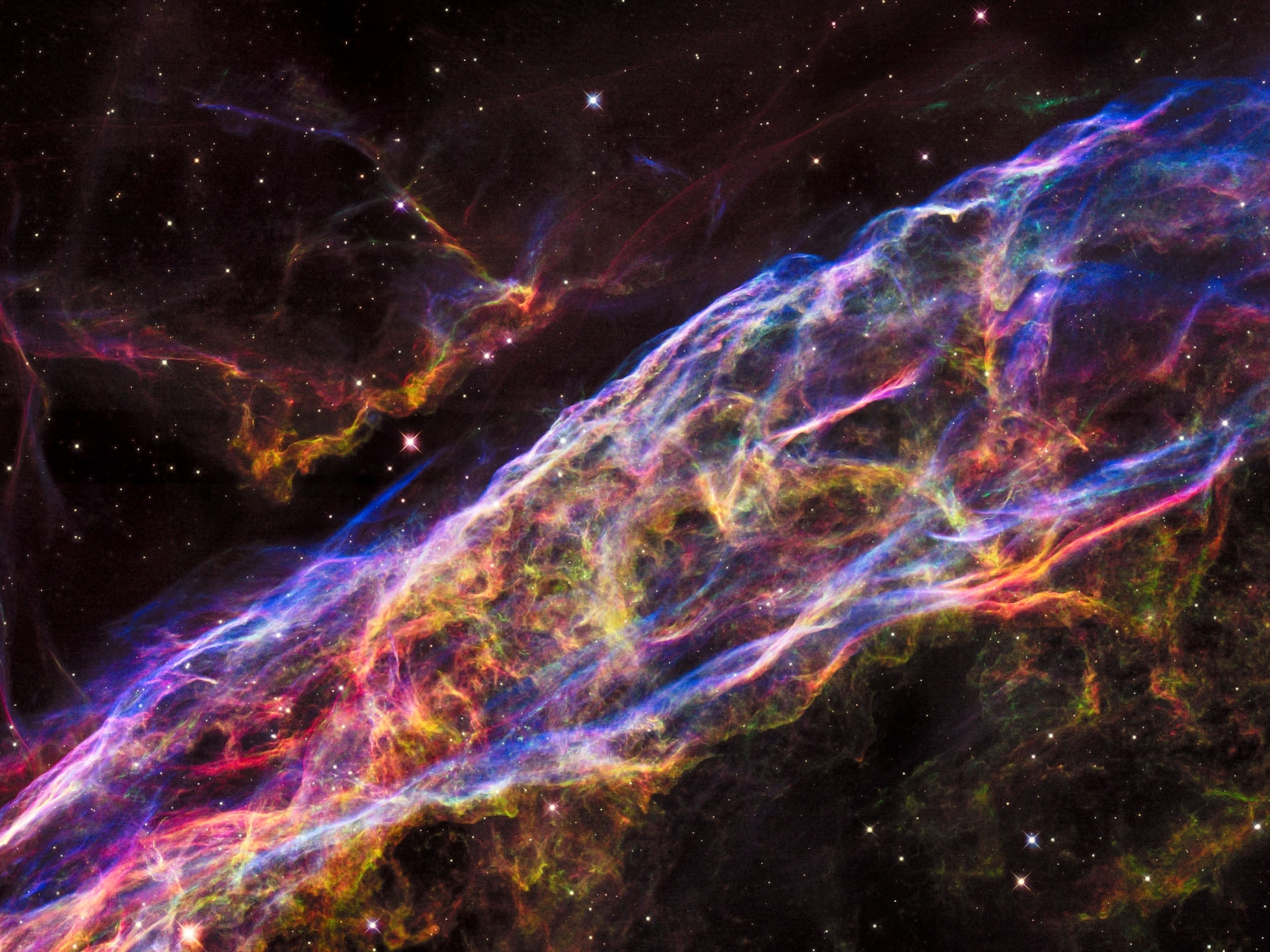A flash of light detected about a mile below the South Pole likely solves a century-old cosmic mystery—and potentially opens up a new kind of astronomy involving ghostly subatomic particles called neutrinos.
In the early 1900s, physicist Victor Hess discovered that Earth is being constantly bombarded by energetic particles coming from outer space, which we now call cosmic rays. Since then, scientists have been hunting for the astrophysical accelerators responsible for hurling the most tremendously energetic of these particles across the cosmos.
Most cosmic rays, though, have an electrical charge, and their paths get bent by the magnetic fields scattered throughout space, making it difficult to follow their footsteps home. That’s why now, the hunt has focused on neutrinos, chargeless and nearly massless particles that can be reliably traced back to their source.
Leading that charge is the IceCube Neutrino Observatory in Antarctica, which—along with a few of its friends—has at last traced a handful of energetic cosmic neutrinos to a galaxy far, far away. The find adds to an emerging era in astronomy when particles other than just photons can be used to study and reveal the cosmos.
"It’s exciting, no doubt, to have finally nailed the cosmic accelerator,” says the University of Wisconsin-Madison’s Francis Halzen, lead scientist with IceCube. The results are reported today in three papers appearing in Science and the Monthly Notices of the Royal Astronomical Society.
Can You Bounce
Previously, scientists had discovered neutrinos coming from the sun and from nearby supernova remnants, but neither of those sources is powerful enough to sling the most energetic of cosmic particles toward Earth.
Related: Gorgeous Galaxy Pictures
Since neutrinos interact only very weakly with other types of matter, even detecting them is no simple feat. Trillions of solar neutrinos are passing through you right now. IceCube, which occupies a cubic kilometer of ice beneath the Amundsen-Scott South Pole Station, uses 5,160 light sensors designed to detect the small flashes of light produced when cosmic neutrinos speeding through Earth do interact with atomic nuclei in the ice.
Since 2013, several extremely energetic neutrinos (some whimsically named after Sesame Street characters) have burrowed through the polar ice and registered on IceCube’s sensors. But they’ve been frustratingly hard to pin on a single celestial object, offering scientists only some hints about where their sources might lie.
It Was a Good Day
Then, on September 22, 2017, a single neutrino traveling at nearly the speed of light zinged through Earth and set off IceCube’s detectors. It packed a whopping 290 TeV of energy—nearly 50 times more powerful than the most energetic proton beams running at the Large Hadron Collider. The hit triggered an alert notifying neutrino-hunting astronomers that the chase was on.
When scientists retraced this neutrino’s path, it led them to a spot on the sky near the constellation Orion, a location where, nearly simultaneously, several telescopes had spotted a massive cosmic flare.
Tucked into that patch of northern sky, a large, faraway object called a blazar had shaken itself awake and started hurling energetic particles into the void. That included a barrage of highly energetic gamma rays, which the space-based Fermi Gamma-Ray Space Telescope detected.
Those gamma rays came from a giant elliptical galaxy called TXS 0506+056 that contains a churning supermassive black hole at its core. As it snacks on nearby gas and dust, the black hole produces a jet of extremely energetic particles, which just happens to be pointed in Earth’s direction.
“Blazars are some of the most powerful astrophysical sources in the universe,” says Princeton University’s Maria Petropoulou. TXS 0506+056 is among the brightest blazars in the gamma-ray sky, which is remarkable given that it lives roughly four billion light-years away, and means that it is a prime candidate for producing very high-energy cosmic rays.
“It makes sense – it cannot be a wimpy blazar,” says Paolo Padovani of the European Southern Observatory. “If you’re going to see neutrinos, it has to be from a very, very powerful beast, otherwise you wouldn’t see them at all.”
In the days and weeks following the coincident IceCube and Fermi detections, multiple teams raced to study the flaring blazar. More than a dozen collaborations stared at the object in nearly all wavelengths of light, including radio, optical, x-rays and gamma rays, and it seemed that, indeed, a gamma-ray flare had erupted from TXS 0506+056 and produced IceCube’s September neutrino.
“If Fermi hadn’t caught it in the act, this would just be one more neutrino for us, and for them, just another flare from a blazar,” Halzen says.
But the teams weren’t done yet.
Check Yo Self
Soon, scientists had looked through previous Fermi observations of TXS 0506+056 and discovered that the same object had flared before over a five-month period at the end of 2014. When the IceCube team looked through nearly 10 years of neutrino data, they found that more than a dozen high-energy neutrinos had collided with the south polar ice during those months.
“This is not something we ever dreamed of seeing—19 in a period of 150 days, it’s just mind-boggling,” Halzen says.
Now, two independent lines of evidence suggest that TXS 0506+056 is in the business of slinging neutrinos at Earth, which means that scientists have quite likely uncovered at least one formerly mysterious source of these particles.
Last Wordz
The discovery is “very impressive, and a step in the direction of identifying the origin of the cosmic rays, one of the great outstanding astrophysical puzzles,” says Kathryn Zurek of Lawrence Berkeley National Laboratory.
But she and others note that there’s still a bit of wiggle room.
“In my opinion, the results are strongly suggestive of an association, but not conclusive yet,” Petropoulou says. “It could be possible, for example, that other sources lying in the same region of the sky could contribute to the neutrino flare detected by IceCube. Regardless, these results bring us one step closer to unveiling the sources of astrophysical neutrinos.“
Scientists also agree that blazars are unlikely to birth all the cosmic rays we see, so the hunt is still on for other sources of these high-energy particles.
“There is a zoo of astrophysical sources that could contribute to the IceCube neutrino flux,” Petropoulou says, “such as star-forming galaxies, interacting supernovae, low-luminosity gamma-ray bursts, radio galaxies at the centers of clusters, and others.”





















